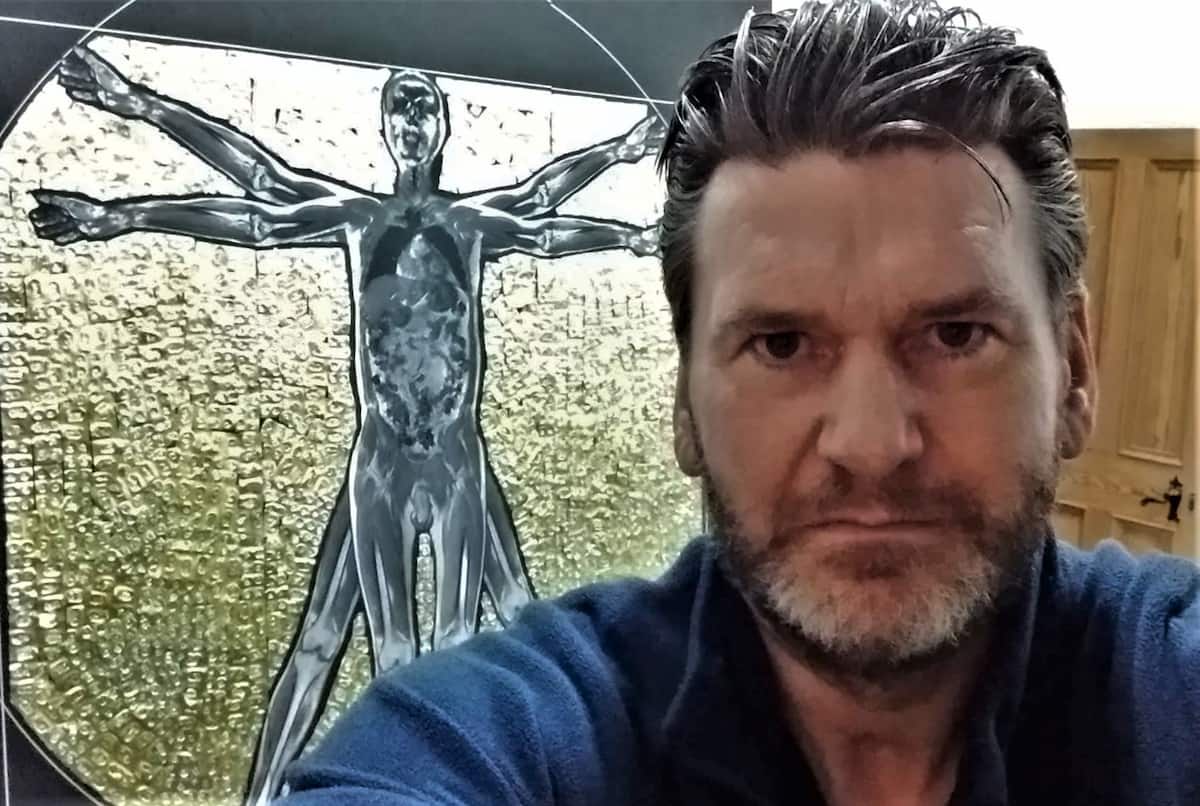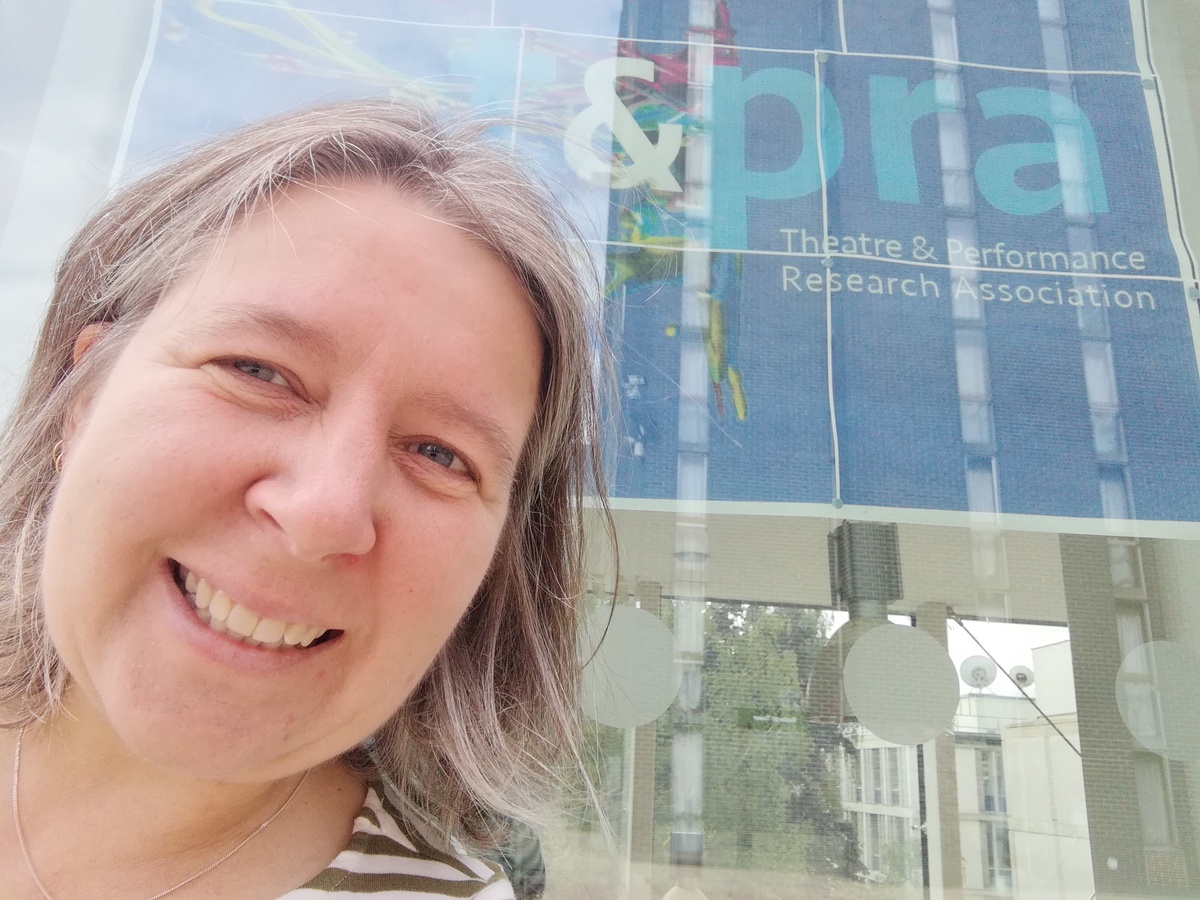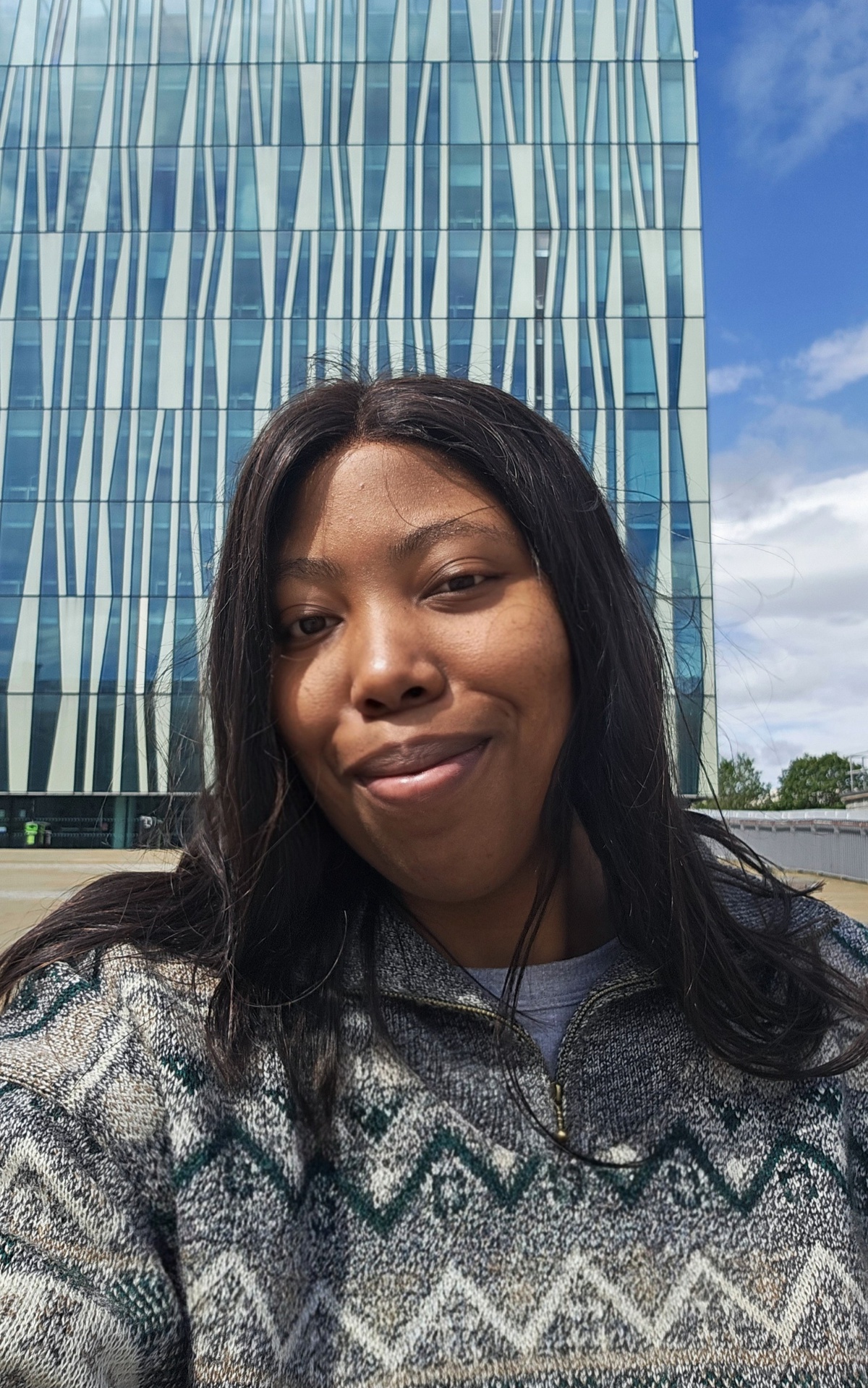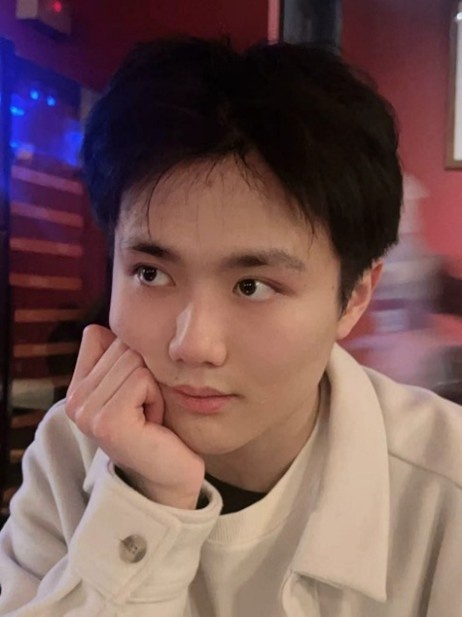We are currently accepting PhD applications in this area. Find out more about staff's research interests here .
- Huaying Dai
-

Thesis Topic: Representing Belonging: Exploring Formation, Aesthetic Strategies, and Cultural Representation in Chinese Diaspora Documentaries
Supervisors: Dr Alejandra Rodríguez-Remedi (lead supervisor) and Dr Calum Waddell (second supervisor).
Educational background (BA, MA, etc.): I hold a BA in Translation and an MA (Hons) in International Multimedia Journalism.
What are your research interests/what are you currently working on? My current research focuses on Documentary Studies, particularly the Chinese Diaspora Documentary and the concept of Diaspora Aesthetic.
What do you do outside of academia (hobbies, personal interests, etc.)? I enjoy photography, traveling, and immersing myself in different cultures around the world.
Why did you choose to study in Aberdeen? I chose Aberdeen because of the strong alignment between my research interests and the expertise of my supervisors. Additionally, the slower pace and comfortable lifestyle in Aberdeen appealed to me as an ideal environment for focused study.
What is your favourite part of studying and living in Aberdeen? I truly appreciate the peaceful atmosphere that allows me to concentrate deeply on my research with minimal distractions. I also value the supportive relationship I have with my supervisors. One of my favourite moments is walking to get coffee or bubble tea while listening to music everyday - simple yet fulfilling moments that allow me to enjoy time with myself.
How do you think your experience in Aberdeen will prepare you for the future? My time in Aberdeen has been invaluable. It has given me the space to connect with the academic environment in the UK, refine my research focus, and engage in meaningful academic activities such as reading, writing, and attending workshops. The comfortable lifestyle here has helped me gain clarity about my future path in academia.
You can read more about Huaying’s research here: https://www.abdn.ac.uk/people/h.dai.24
- Brian Keeley
-

Supervisors: Professor Alan Marcus (lead supervisor) and Dr Silvia Casini (second supervisor).
Educational background (BA, MA, etc.): BA (Hons) Fine Art - Glasgow School of Art; MA (postgraduate) Video Production and Media Studies - Bournemouth University; PGDE Art & Design (postgraduate teaching qualification) - University of the West of Scotland
What are your research interests/what are you currently working on? My PhD research examines the ways in which heart transplantation, and wider issues surrounding organ donation and transplantation, are portrayed in contemporary visual art and across other visual media.
A key area of my research focusses on drawing comparisons between the approaches to the subject in the creative media, which can range from the romanticised, science-fiction, horror, or philosophical - and the realities and lived experiences of those who are affected by it. I am interested in the extent to which such representations might propagate preconceptions and misconceptions of heart transplantation in particular, which is a unique and relatively recent development in medical science.
As a visual artist who underwent a heart transplant in 2013, my practice since then has been informed by personal experience,and this ongoing work is also an important aspect of my research.
---------------------------------------------------------------------------------------------------------------------------------------------------
A CHANCE TO SWIM - Solo exhibition Hosted by Robert Gordon University, Aberdeen, School of Pharmacy and Life Sciences, November 2018 https://briankeeley.wordpress.com/home/
SEE LEARN SHARE - Creative Scotland award recipient: Creative Learning Fund , February 2019
Invited Conference Speaker: CAIPE UK (Centre for the Advancement of Interprofessional Education), Robert Gordon University, Aberdeen September 2019
Invited Conference Speaker: European Extracorporeal Life Support Organisation (EuroELSO), Clyde Auditoriam, Glasgow, June 2016
BBC SCOTLAND News featuring my contribution to EuroELSO: https://www.bbc.co.uk/news/av/uk-scotland-36446262/how-an-ecmo-machine-and-love-mended-a-broken-heart
RENAISSANCE - artwork created for the exhibition 'Being & Becoming' at The University of Aberdeen MacRobert ArtSpace, 2016 - 2017
https://briankeeley.wordpress.com/renaissance/
----------------------------------------------------------------------------------------------------------------------------------------------------
Why did you choose to study in Aberdeen? I have lived in Aberdeen for many years, and have attended numerous events and activities at the University, such as talks, screenings, workshops, etc. so the familiarity with the campus and the faculty made it the natural place to want come to do my PhD research.
What is your favourite part of studying and living in Aberdeen? Aberdeen's geographical location is the most important factor for me. It is unique in that the city is so close to its own beach, it is within easy reach of the Highlands, as well as some of the most spectacular coastline in the country. I believe that being close to nature and the sea in particular cannot be overestimated in terms of benefits to health and well-being
How do you think your experience in Aberdeen will prepare you for the future? I don't prepare for or think too much about the future. Life exists today.
- Siân Mitchell MacGregor
-

Thesis Topic: Valuing Young Audiences: how children value and experience live theatre and dance and why it matters
Supervisors: Dr Jo Vergunst, Professor Andrew Gordon, Belinda McElhinney (Imaginate - industry partner).
Educational background (BA, MA, etc.): MA (Hons) English Literature & Theatre Studies; MLitt Theatre Studies - both University of Glasgow.
What are your research interests/what are you currently working on? I am broadly looking into professionally-made theatre and dance for children, and the child audience member - how the young audience values and is valued in this sphere, how this manifests, and what effects it has. It's a lot about connections, power dynamics and mutual respect. I'm finding that adults listening and paying attention to children's interests results in high quality, engaging and wide-ranging work and experiences for everyone involved.
What do you do outside of academia (hobbies, personal interests, etc.)? I love to walk in our local woodland, especially if I can catch the sun through the leaves. Also it rather goes without saying that I adore many kinds of theatre and dance, both as a spectator and from a professional point of view.
What has been your favourite part of doctoral research? Being able to follow my interests really keenly, and record some of the wonderful work that's happening in the field - and spending time with my primary informants has been great: children and performance-makers are wise and so much fun!
You can read more about Siân's research here: https://www.imaginate.org.uk/artists/projects/phd-valuing-young-audiences/
- Caroline Peteni
-

Thesis Topic: My research focuses on how Nigerian filmmakers integrate West African cosmologies, folklore, and myths into speculative fiction genres such as science fiction, fantasy, and horror. I explore how these films engage with cultural, socio-political, and postcolonial themes, contributing to both Nigerian cinema and global genre storytelling.
Supervisors: Dr Calum Waddell (primary supervisor) and Dr Silvia Casini (secondary supervisor).
Educational background (BA, MA, etc.): I hold a BA (Hons) in Film and Television from the University of the Witwatersrand in South Africa and a Master of Literature in Film, Visual Culture, and Arts Management, attained at the University of Aberdeen. I am currently pursuing a PhD in Film Studies at the University of Aberdeen.
What are your research interests/what are you currently working on? I’m particularly interested in African cinema, speculative fiction, African folklore, postcolonial theory, and cultural studies. My current work focuses on Nollywood’s growing engagement with science fiction, fantasy, and horror, analysing how these films challenge dominant narratives and create space for indigenous knowledge systems.
What do you do outside of academia (hobbies, personal interests, etc.)? Outside of academia, I enjoy strength training at the gym, watching psychological thrillers and mystery series, and exploring my faith. I also love discovering new music and spending time with friends and family.
Why did you choose to study in Aberdeen? Aberdeen stood out to me because of its supportive academic environment and the opportunity to work with a supervisor who specialises in African cinema. The city’s quieter pace also felt like an ideal setting for focused research.
What is your favourite part of studying and living in Aberdeen? One of my favourite parts of studying and living in Aberdeen is the sense of calm and focus the city provides. It’s a peaceful place with beautiful coastal scenery and historic architecture, which makes it easy to stay grounded and concentrate on research. Plus I’ve come to enjoy the local cafes and nature walks that offer a nice balance to academic life.
How do you think your experience in Aberdeen will prepare you for the future? My time in Aberdeen is helping me grow as an independent researcher while building confidence in my academic voice. The critical thinking, academic writing, and public engagement skills I’m developing here are equipping me for a career in higher education and the creative industries.
- Yudi Zhang
-

Thesis Topic: Generative AI in Visual Art Practice: Rethinking Creativity, AI Ethics and Human-Machine Relationship
Supervisors: Dr Silvia Casini (lead supervisor) and Dr Bárbara Barreiro León (second supervisor).
Educational background (BA, MA, etc.): I hold a Bachelor’s degree in Engineering from China and an MSc with Distinction in Cultural and Creative Communication from the University of Aberdeen.
What are your research interests/what are you currently working on? My ongoing PhD project examines aesthetics, creativity and knowledge production in generative AI visual art practices through arts-based visual research approach.
What do you do outside of academia (hobbies, personal interests, etc.)? In daily life, I enjoy films, social media and news articles, as well as literature, creative writing and calligraphy.
Why did you choose to study in Aberdeen? I completed my Master’s degree at UoA, impressed by its inclusive atmosphere and friendly people. My supervisory team’s expertise provides constructive guidance for my research. These factors led me to continue my PhD studies here.
What is your favourite part of studying and living in Aberdeen? The city’s gentle pace helps me concentrate on research, while its granite architecture provides distinctive aesthetic experience.
How do you think your experience in Aberdeen will prepare you for the future? The knowledge, research experience and publications from my PhD journey will form the foundation for my career, whether in academia or in creative fields such as curating or AI filmmaking.
